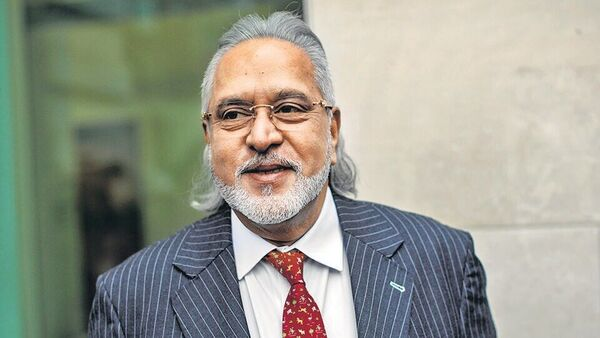Description

Figure 2: No Copyright Infringement Intended
Context:
- The National Bank for Financing Infrastructure and Development (NaBFID) is likely to begin its lending operations with about 190-200 big infrastructure projects in the railways, roads and energy sector.
Details:
- There are 193 projects above Rs 1,000 crore each which are there under the National Infrastructure Pipeline (NIP).
- the development finance institution will also look into other roles that it could play for the government.
About National Bank for Financing Infrastructure and Development
- In March this year, the Parliament had passed a bill to set up NaBFID, a development financial institution (DFI).
- K V Kamath has been appointed by the government to head the National Bank for Financing Infrastructure and Development (NaBFID).
- NaBFID has been set up to boost infrastructure financing in the country like development of bonds and derivatives markets needed for infrastructure financing.
Functions of NaBFID:
- extending loans and advances for infrastructure projects,
- taking over or refinancing such existing loans,
- attracting investment from private sector investors and institutional investors for infrastructure projects,
- organising and facilitating foreign participation in infrastructure projects,
- facilitating negotiations with various government authorities for dispute resolution in the field of infrastructure financing,
- providing consultancy services in infrastructure financing.
Source of Funds:
NBFID may borrow money from:
- central government,
- Reserve Bank of India (RBI),
- scheduled commercial banks,
- mutual funds,
- multilateral institutions such as World Bank and Asian Development Bank.
Prior sanction for investigation and prosecution:
No investigation can be initiated against employees of NBFID without the prior sanction of:
- the central government in case of the chairperson or other directors,
- (ii) the managing director in case of other employees.











